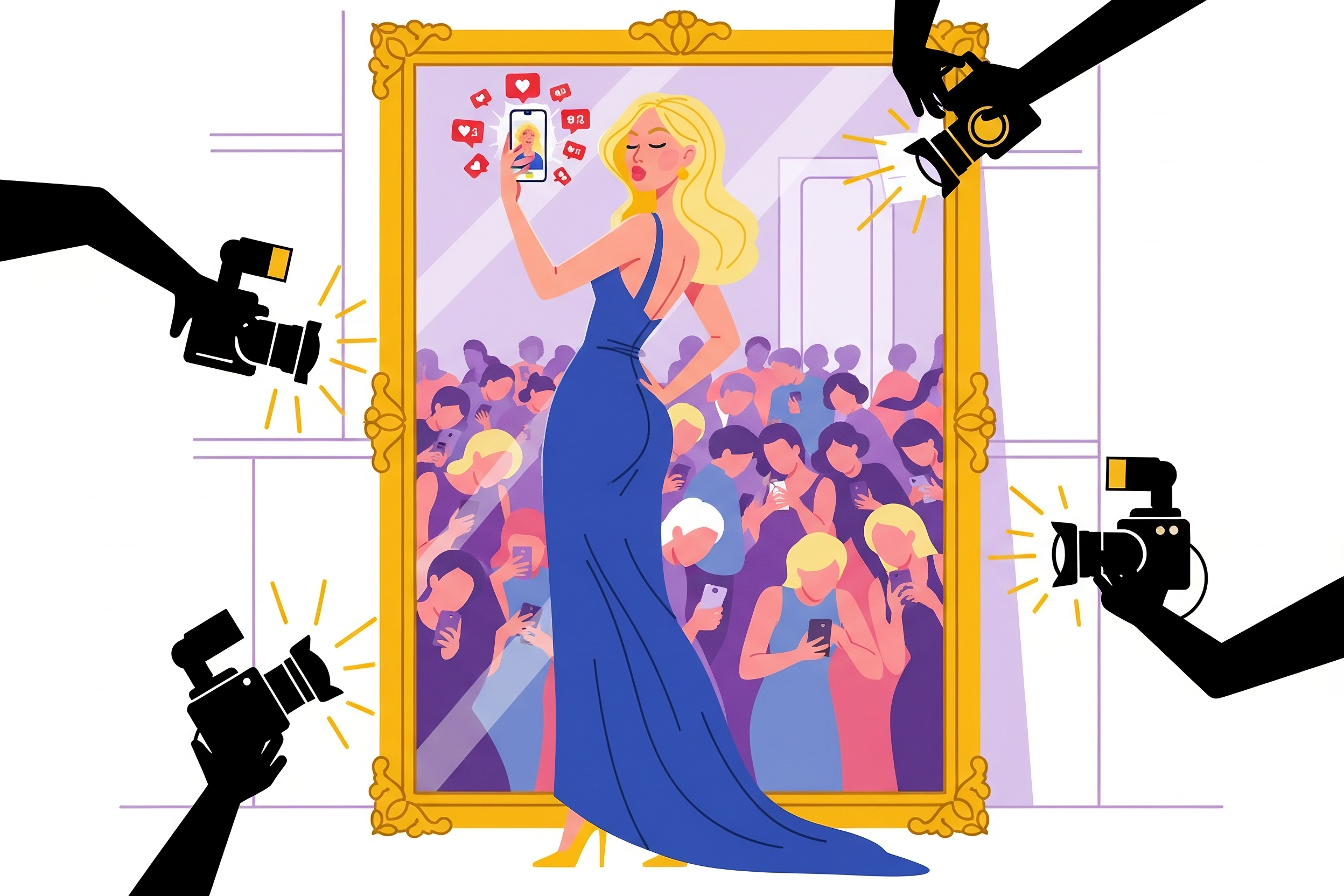Elizabeth Canon of Fashion’s Collective explains why it is crucial for luxury brands to customise social media strategy for the European market and how best to do so

Elizabeth Canon of Fashion’s Collective explains why it is crucial for luxury brands to customise social media strategy for the European market and how best to do so
It is a fundamental error for any brand marketing team not to understand their target audience, regardless of whether the impression or relationship with the customer is based online or offline. Now, as social media provides a forum for a more authentic, transparent and personal connection, it brings to light just how well a brand has judged (or misjudged) their customer base.
With social, many brands feel a bit square-shaped in a round world as they learn how to use different tools and try to uncover their “personalities” in order to relate to their customers digitally. Add to this the requirement of understanding your audience on a deeper level and suddenly the barrier to a brand feeling natural in social media becomes a bit harder to break through.
Facebook and Twitter have long been platforms that have proved to be attention-worthy in the eyes of brands. Yet, some core challenges exist for the brand marketer who happens to have international customers. For most fashion and luxury brands in particular, Europe represents the established headquarters of the brand from which all marketing originates, while the U.S. office often represents the digital brand hub.
“ There are real differences in how Europeans view and behave on websites like Facebook that justify a second thought, if not a second strategy ”
However, it is a fundamental flaw to treat both the European and U.S. audiences the same when it comes to online marketing. With Facebook and Twitter in particular, it’s easy to assume that because the platforms are the same in Europe and the U.S., a brand might have one strategy to suit both geographic regions. (This is unlike Brazil or Asia, for example, where totally different platforms might exist, mandating different strategies.)
But falling into this trap is not without consequence. There are real differences in how Europeans view and behave on websites like Facebook that justify a second thought, if not a second strategy. Bastian Scherbeck of the agency, We Are Social, presented some key statistics and insights at SXSW this year that I found to be especially interesting:
First and foremost, there is not a difference in the percentage of population on social media between the U.S. and Europe, squashing the common misconception that social media is more widely popular here.
Rather, the difference is in the attitudes of the European compared to the American population toward social media.
Separation of Business and Personal Lives
The norms, beliefs, values and traditions of Europeans vary by country and culture, but as a whole in Europe people divide their private and business lives to a much greater extent. Whereas 60-80% of European companies restrict access to Facebook in the workplace, only 31% of American companies do.
These divisions of church and state means individuals have fewer contacts within their social networks. The European version of LinkedIn, for example, might only include professional contacts, while Facebook would be reserved only for personal contacts, with little to no crossover.
The obstacle for brands here is that there is a higher threshold for content and/or a campaign to become viral as people’s networks are generally smaller. To overcome this, brands must get more content out there and provide greater incentive to share for European fans.
Privacy
The tendency in Europe is for brands to be more reserved, even to hide behind their logos if you will. Many European labels remain faceless in their digital efforts, even those with a clear cut individual to represent the brand. This is not necessarily the case for U.S. brands. Take Donna Karan for example, who comfortably and successfully positioned the head of PR and Communications at the forefront of the brand online.
On the matter of the individual’s privacy, there is a more tangible discrepancy. Social networks in the U.S. share data with 3rd parties. As Americans, we are largely okay with this (at least so far), but in Europe, this is not the case. This mistrust becomes especially significant when we start to think about social commerce.
Formalities
Unlike the English language, there are multiple tenses in Romance languages to handle formalities and they are employed in daily conversations. The tense used signifies an amount of respect people have for one another. However, social media is innately casual, mainly because it is inherently used for individuals to connect with other individuals.
This would be simple enough if it stayed the case. But as brands enter social media in Europe, a point of contention has been the tense used. Many were advised early on to be informal, likely by their American digital experts, but over time they have observed that many fans address the brand formally and have reverted back to the more appropriate formal tense.
Social Life and Traditions
If you want your brand to be present and successful on social media, you must ask the question, “What is the social life in the market we want to participate in?” From 2:00 pm – 5:00 pm in Spain and Italy, for example, it is family time, or siesta. 6:00 pm in the Netherlands is reserved for dinner with the family. Each culture has nuances that impact when and how they might utilise social.
How Individuals Engage with Brands
Currently, Europe has the lowest percentage of brand fans on Facebook (51%). China represents the highest at 62%, with Korea (60%), U.S. (57%), Brazil (55%), and Australia (55%) following. If the percentage of the population on Facebook is the same between the U.S. and Europe, it is clear that Europeans are simply less inclined to like a brand on the platform.
When We Are Social asked the question, “What is the top reason you interact with brands on Facebook?” The findings showed that 42% of Americans responded that they like brands if they are regular customers or if it is a brand/company they feel strongly about. Comparatively, 40% of Europeans responded that they only interact with a brand on Facebook if there is a customer service issue. In the E.U., people prefer to share a brand experience on social media, so a possible approach for brands is to build up their customer service using Facebook in Europe.
Strategically, the above may mean different things to different brands. But as a generalization, crafting a global, national and local presence on a platform like Facebook allows for the brand image and personality to be customized for the specific demographics targeted in a way that makes the brand more meaningful and, importantly, more successful.
To further investigate Social Media and Digital Communications on Luxury Society, we invite your to explore the related materials as follows:
– What Pinterest Means For Luxury Brands
– The Latest Digital: Bentley, Jaguar & Mercedes-Benz
– The Future of Fashion Week, Decidedly Digital










